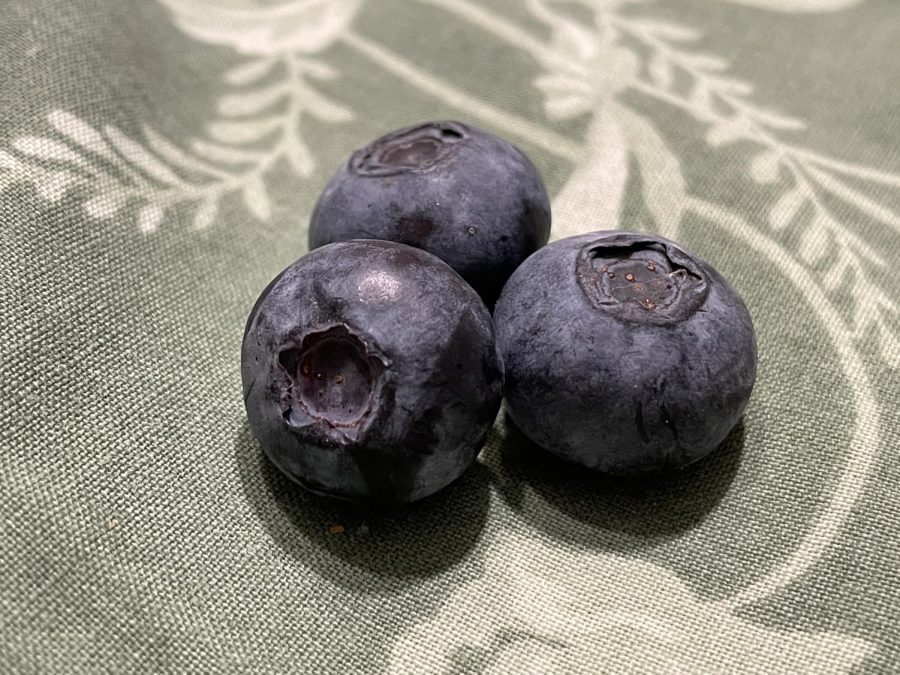How Whitesbog Invented the Commercial Blueberry
This article is part of the Secret Origins History Column!
May 10, 2023
Just west of Whiting in neighboring Burlington County lies Whitesbog, the birthplace of the commercial blueberry. There, Elizabeth White and Dr. Frederick Coville partnered to create the first commercial blueberry crop of the nation.
Whitesbog farm was founded in 1857 by J.J. White, and a village was built around the farm for all the people who found their employment on the White family’s cranberry farm. In the early 1900s, Whitesbog was the largest cranberry farm in New Jersey at 3,000 acres, and also holds the title for being one of the first cranberry bogs in the state.
In 1911, Elizabeth White, daughter of J.J. White, wanted to harvest a complimentary crop in between her family’s cranberry harvest. Her plan was to cultivate blueberries in between the cranberry crops. However, blueberries had never been commercially farmed before. Blueberries grow native to New Jersey, as bushes in the sandy soil of the Pine Barrens, but the berries are small, bitter, seedy, and no one really knew what was needed to successfully farm them.
Dr. Frederick Coville, a botanist (plant biologist) from the US Department of Agriculture, wrote a study on blueberries called “Experiments in Blueberry Culture”. This study examined how to breed blueberries, and what a blueberry farm would require to be able to grow blueberries. Elizabeth read this study and partnered with Coville to work to create the first commercial blueberry farm.
White let her land in Whitesbog be used to experiment the farming of blueberries, and searched through the woods to find wild blueberry bushes that had ideal blueberries: size, taste, color, shape, etc. She would even pay local woodsmen to help in the hunt for the ideal blueberry bushes. Once ideal bushes were found, Coville would dig them up and breed them with each other to strengthen the ideal genetic traits for farmed blueberries. After a few years of this, in 1916 White and Coville created the first commercial blueberry crop in the nation at Whitesbog, New Jersey!
Soon, blueberries became the number one crop of New Jersey, right up there with cranberries. Today, both crops are NJ’s top crops, and thanks to a group of 4th graders in Veterans Memorial Elementary School in Brick, blueberries are the official state fruit of New Jersey. Whitesbog has since become the ‘Whitesbog Historic Farm and Village’ with most of the original structures from over 100 years ago still standing, and the blueberry and cranberry farms still being harvested. The 5th generation of White family still operates the farm, and Elizabeth White has since become a women’s history icon.
Whitesbog is open to visitors from sunrise to sunset every day, and also holds fun events like the Whitesbog Blueberry Festival. They have hiking trails, historical buildings, gardens, an art gallery, and more to explore. A link to their website is here:
Sources:
Ocean County Historical Society
NJ.gov: https://www.nj.gov/dca/njht/funded/sitedetails/whitesbog_village.shtml
Whitesbog: https://whitesbog.org/
NJ Spotlight News: https://www.njspotlightnews.org/2021/01/commercial-blueberry-cultivation-1916-whiteblog-nj-elizabeth-coleman-white/





























